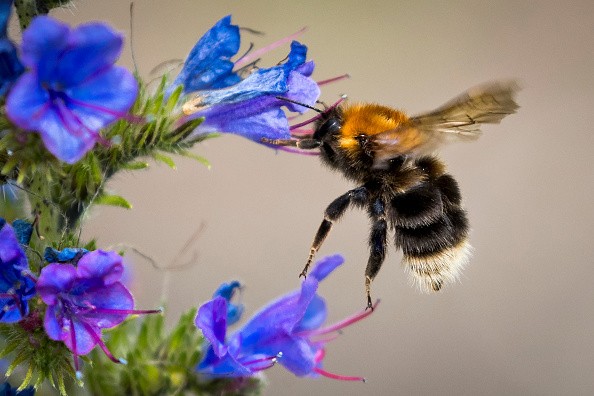A new study revealed more than 100 new species of insects that were uncovered in Norway using DNA samples and analysis.
The environment has new species that are unknown to humanity. With meticulous and patient research, new species of animals, plants and animals have become known.
Although the process would require years of studies and observations, the output is priceless, considering the contribution of the science community to studies.
New species of insects in Norway
The study findings were published in the Norwegian Journal of Entomology with cooperation from the Norwegian Biodiversity Information Center.
It is also available to read on the Phys.org website.
The research looked into the emergence of non-biting midges, biting midges and water mites.
According to NC State Extention Publications, non-biting midges are also known as blind mosquitos because they don't bite. They thrive in coastal areas and other bodies of water, including lakes, ponds and rivers.
The report added that non-biting midges are an essential food source for aquatic animals because they are nutrient-rich.
Furthermore, midges can also quickly repopulate in given bodies of water.
On the other hand, the research said that biting midges thrive in most countries, living in aquatic to semi-aquatic areas like swaps and springs.

Meanwhile, the University of Wisconsin explained that water mites have about 1,500 species in parts of North America.
Water mites can live in extreme environments, including water with low oxygen levels. They thrive under ponds, lakes, swamps and other open water areas.
Because of the said species growing population, researchers have been investigating other midges and water mites species.
Elisabeth Stur, the research manager from NTNU University Museum, explained that they researched about 100 locations in Southern Norway.
Using DNA samples and analysis, they discovered new midges and water mites species in parts of Norway.
- According to the report, about 58 new midge species were found.
- 47 new species of water mites were discovered.
After the DNA sampling, the study added a unique DNA barcode to denote the species' characteristics.
Importance of water mites and midges
The DNA barcodes will be added to the international database to help other researchers with further studies.
Furthermore, the researchers said there could be more species of insects that are still unknown.
According to NTNU University Museum, water mites and midges have been essential for the environment.
The report explained that the emergence of water mites or other freshwater insects would help researchers indicate the water quality.
New Small Red-Eyed Damselfly Species
Recently, Nature World News reported a new dragonfly species that emerged in the United Kingdom.
The study was published in Insect Conservation and Diversity Journal.
According to the study, the arrival of new damselfly species could affect the native dragonflies in the United Kingdom. However, further research is important to indicate the impact of invasive species on native dragonflies in the country.
Related Article : Environmental-Friendly Pest Control: Spider Webs Helpful to Protect Agricultural Crops
For more news, don't forget to follow Nature World News.
© 2025 NatureWorldNews.com All rights reserved. Do not reproduce without permission.





